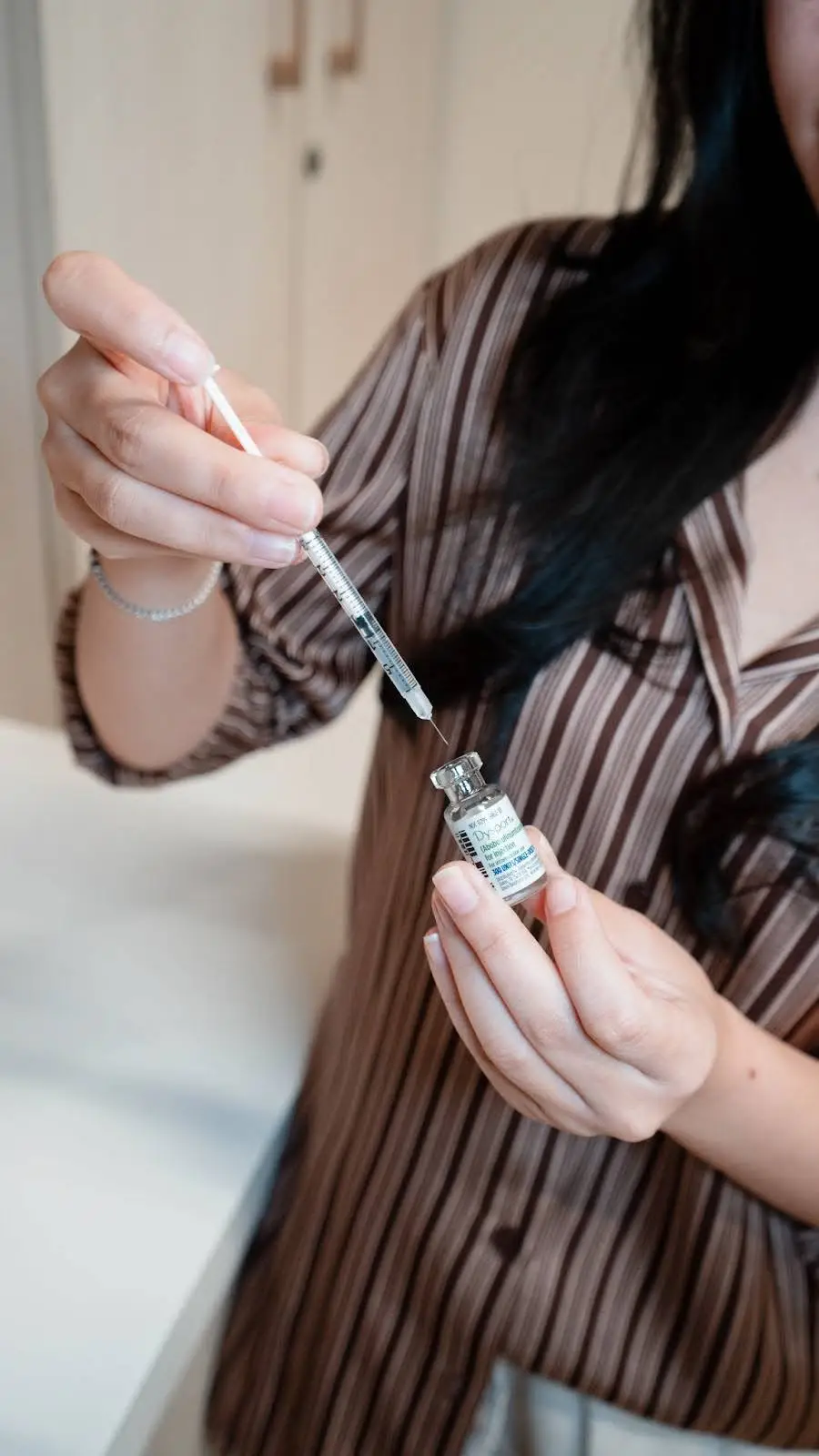
Filler Dissolver: What is Hyaluronidase and How Does it Work?

Hyaluronidase is commonly used to dissolve hyaluronic acid-based dermal fillers. This is useful in aesthetic medicine for correcting or reversing unwanted effects of fillers. Here’s a detailed overview of how hyaluronidase works for this purpose:
How Hyaluronidase Dissolves Fillers
1. Enzymatic Breakdown:
- Mechanism: Hyaluronidase works by breaking down hyaluronic acid, the main component of many dermal fillers. It cleaves the glycosidic bonds between the sugar molecules in hyaluronic acid, reducing the filler’s viscosity and causing it to be reabsorbed by the body.
- Effect: This results in the filler’s gradual dissolution and elimination from the treatment area.
2. Administration:
- Injection: Hyaluronidase is injected directly into the area where the filler is present. The enzyme disperses through the tissue, breaking down the filler where it was applied.
- Dosage: The amount of hyaluronidase used depends on the type and amount of filler, as well as the specific goals of the treatment. A healthcare professional determines the appropriate dosage.
Uses and Benefits
1. Correction of Overfilled Areas:
- Purpose: If too much filler was used or if the result is not as desired, hyaluronidase can help reduce the volume and correct the appearance.
- Adjustment: Allows for better adjustment and fine-tuning of filler results.
2. Reversal of Complications:
- Complications: In cases where fillers cause complications such as lumps, asymmetry, or vascular occlusion (blockage of blood vessels), hyaluronidase can be used to dissolve the filler and alleviate issues.
- Emergency Use: Especially important for managing urgent complications, like when a filler causes a blockage in a blood vessel, potentially leading to tissue necrosis.
3. Treatment of Unwanted Results:
- Aesthetic Adjustments: If a patient is dissatisfied with the results of a filler treatment, hyaluronidase provides an option for reversing the procedure.
Procedure
1. Assessment:
- Evaluation: The practitioner assesses the filler’s location and amount before proceeding with hyaluronidase injection.
2. Injection:
- Technique: Hyaluronidase is injected using a fine needle or cannula. The injection sites and technique are chosen to ensure effective breakdown of the filler.
- Duration: The procedure is relatively quick, often taking just a few minutes.
3. Aftercare:
- Monitoring: Patients may experience mild swelling, redness, or tenderness at the injection site, which typically resolves within a few days.
- Follow-Up: A follow-up appointment may be scheduled to assess the results and determine if additional treatment is needed.
Potential Side Effects
Localized Reactions:
- Common Effects: Swelling, redness, or bruising at the injection site.
- Rare Effects: Allergic reactions to hyaluronidase are uncommon but possible.
Conclusion
Hyaluronidase is an effective tool for dissolving hyaluronic acid-based fillers, offering flexibility and control in aesthetic treatments. Whether for correcting overfilled areas, managing complications, or adjusting results, it provides a means to reverse or modify filler outcomes. Consulting with a qualified healthcare provider ensures that hyaluronidase is used appropriately and safely for desired results.
Recent Posts

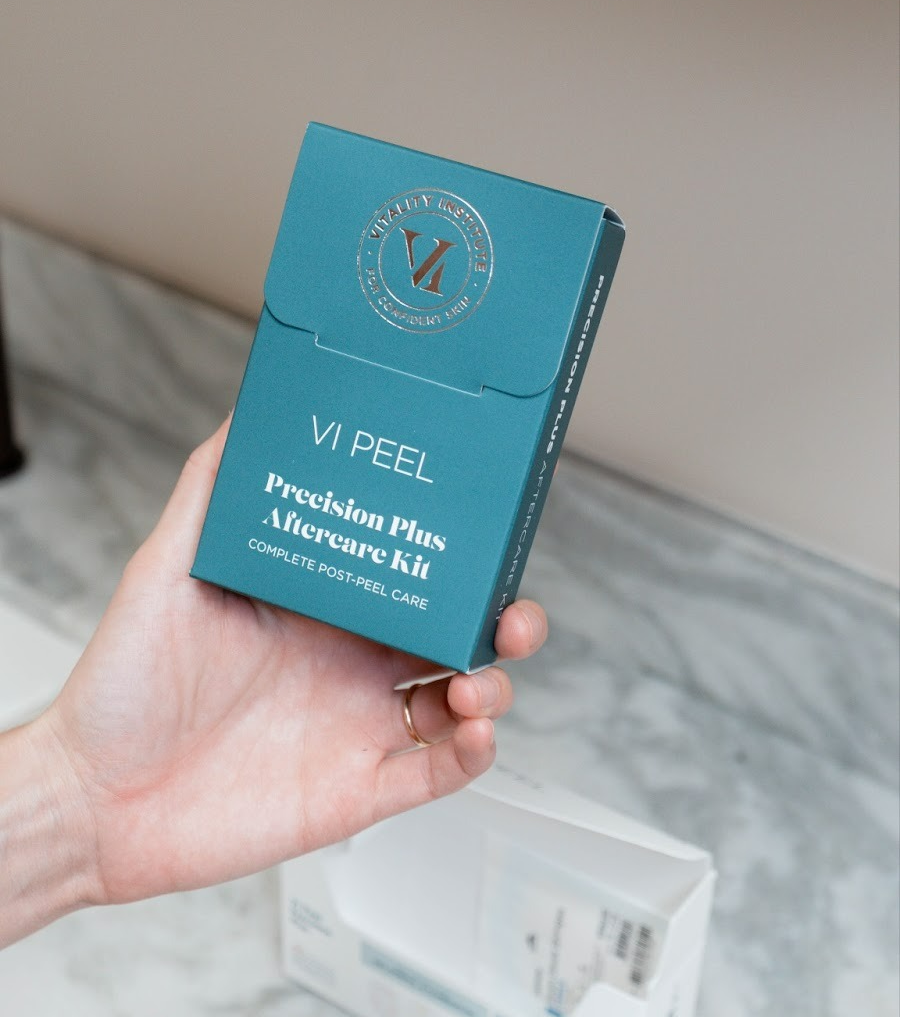
VI Peels Explained: Your Comprehensive Guide to Skin Rejuvenation
November 1, 2025
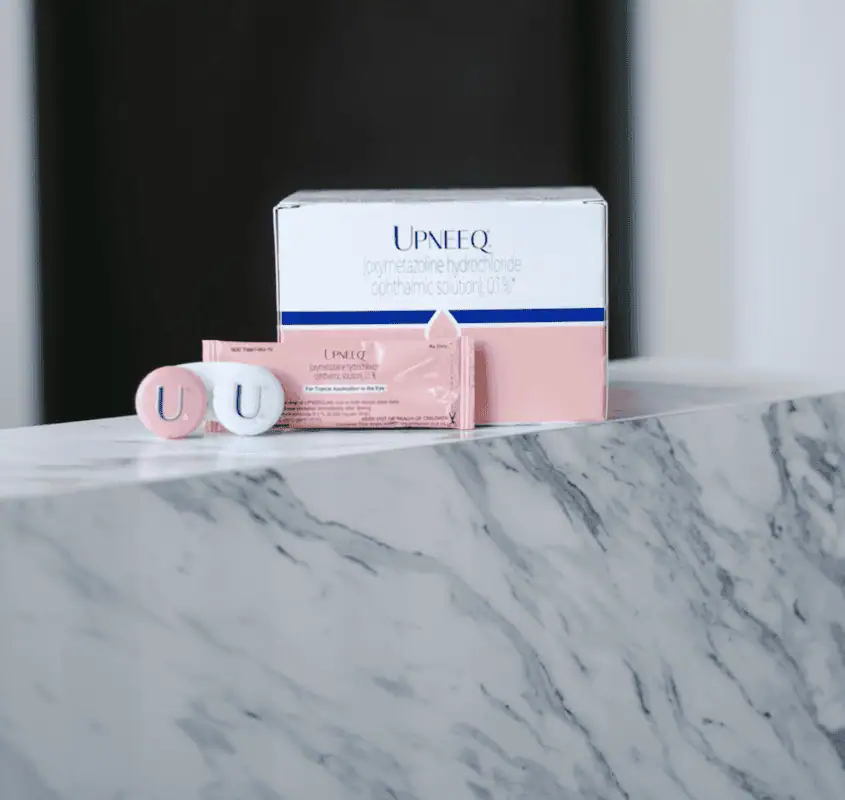
Upneeq for Bright, Alert Eyes: Who It’s For and How It Works
October 2, 2025
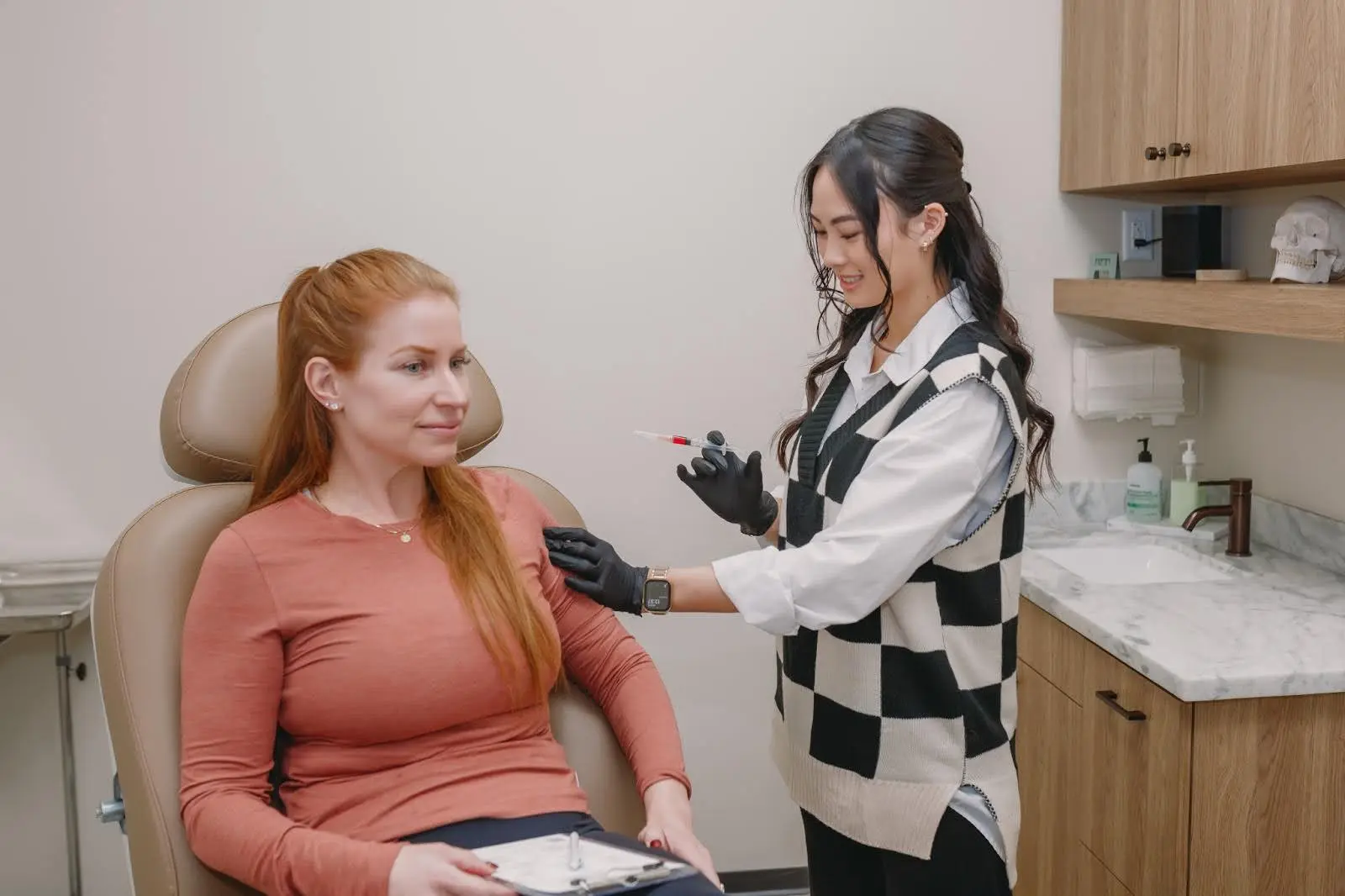
How B12 Shots Boost Energy and Skin Health: The Wellness Connection
September 1, 2025
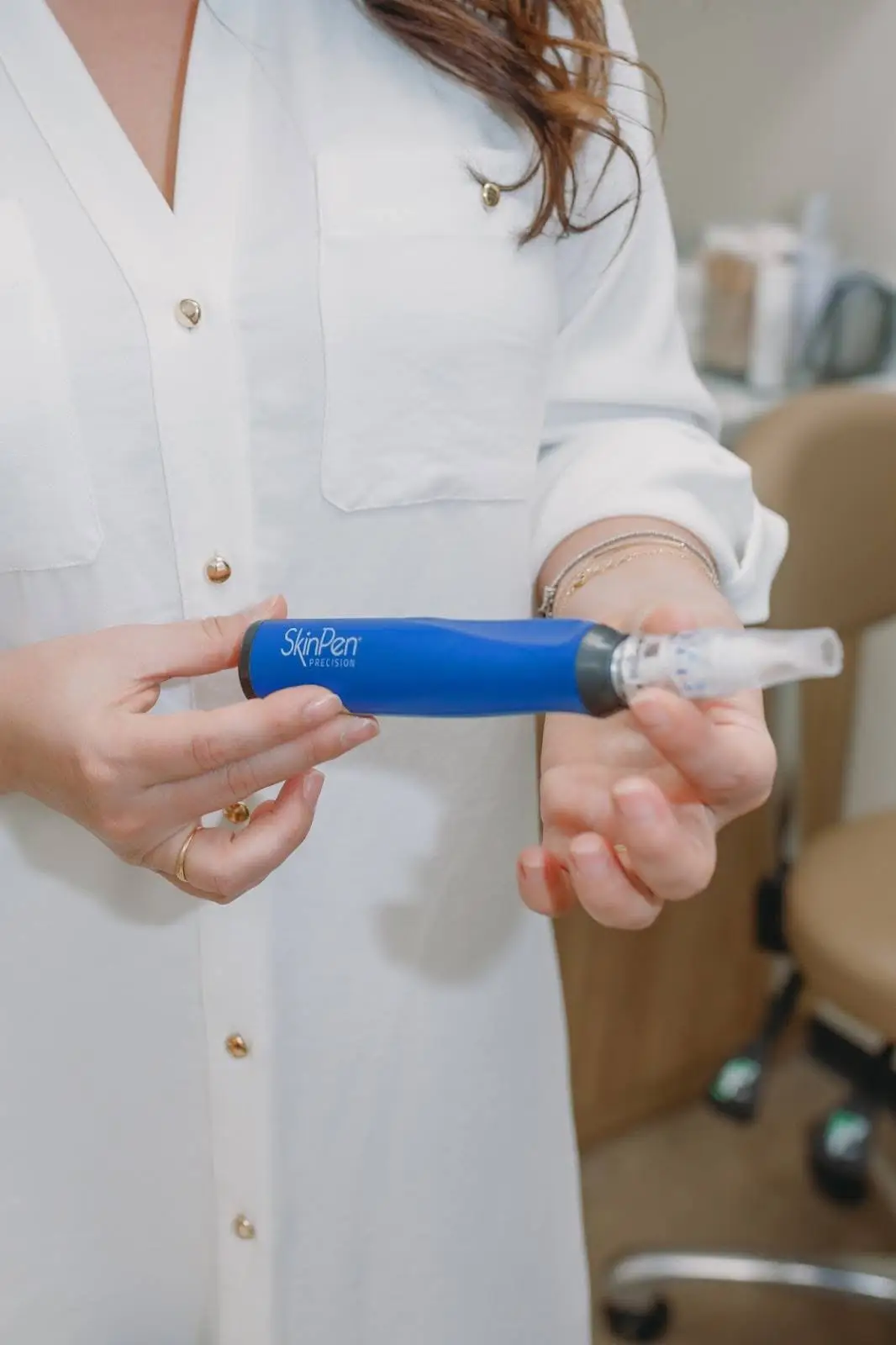
One Size Doesn’t Fit All: Treatments Tailored to Your Needs
August 1, 2025


